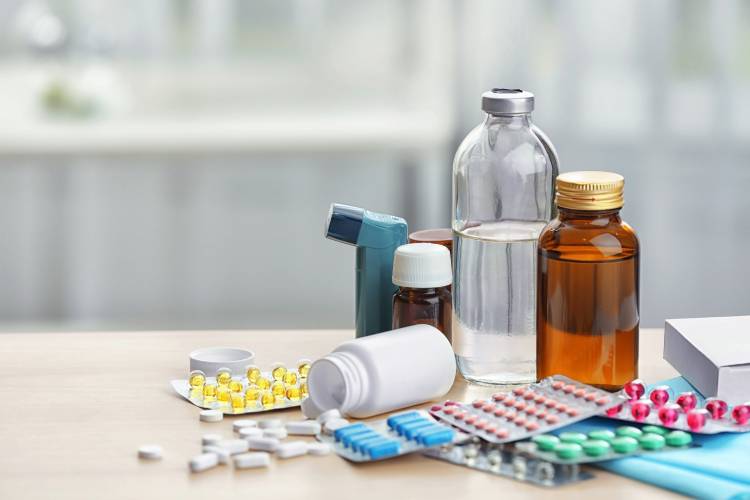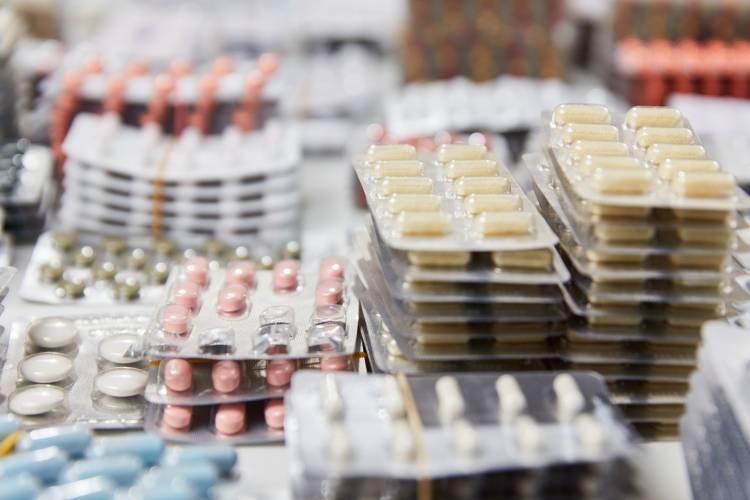Out of date medicines: what can we do with them?
Medicines can also go out of date. We tell you what to do when they are out of date so that you can use them responsibly and sustainably.
IT’S ECO, IT’S LOGICAL
Share

In many homes, it is common to have a medicine cabinet or a storage space in which to keep the basic elements for first aid, from items for washing and disinfecting wounds to bandages, serums, etc. But what happens to medicines?
Another habit we tend to have is to keep medicines in the first aid cabinets, particularly the analgesics and anti-inflammatories which help us with the most common ailments. However, without realising it, it is also common for us to keep medicines that we have taken for a specific treatment which are no longer of use, or simply that the medicines we have are out of date. This is when we encounter questions about what to do with them.
Where are medicines recycled?
Using medicines responsibly is a task for all of us. Because once they are out of date, or you no longer use them, it is both convenient and recommended to take them to the pharmacy so they can be disposed of correctly.
The majority of Spanish pharmacies have what are known as SIGRE Points. This is a small container in which you can place the medicines you no longer need, thereby helping to complete the medicine’s life cycle correctly.
Principal objectives of a SIGRE Point
SIGRE is a charitable body created by companies from the pharmaceutical sector which takes responsibility for guaranteeing the correct environmental management of packaging and unused medicines from homes.
Its function follows two principal objectives:
- The environment: as it prevents unused medicines and their packaging being thrown away in the rubbish or down drains, with the consequent risk of soil and water contamination.
- Social health: because it favours not accumulating medicines in homes and raises awareness of the health risks from the inadequate use of medicines which stems from self-administration due to having easy access to the medicines, which is not recommended. If we avoid having medicines at home, we also avoid their incorrect use, their overuse, and even their accidental ingestion by children.

What can we take to a SIGRE Point?
What can we take to a SIGRE Point?
- Out of date medicines: before taking any medicine that you have at home, it is worth checking the use date, and do not take it under any circumstances if this date has passed. Also, at least once a year, it is important to check the whole first aid cabinet and remove all the medicines that you can no longer use.
- Blisters or empty packaging: to avoid the risk of contamination, also taking these to the SIGRE point is recommended, whether this is plastic packaging for pills or plastic or glass packaging for syrups, eye drops or other types of liquid medicines. You can even take the empty cardboard boxes.
Process for collecting medicines: how it works
The collection of medicines by the SIGRE Points follows a circular process. As the medicine distribution companies deliver to the pharmacies, they collect the container with whatever is no longer of use to us. With this inverse logistics system, the world prevents the emission of 1.400 tonnes of CO2 per year, according to sources within the organisation.
The medicines thrown away are taken to a packaging and unused medicines treatment plant, where they are separated for their appropriate recycling. On the one hand, the empty packaging is recycled, reusing the paper, cardboard, glass and plastic: and on the other, hazardous medicines are separated from the non-hazardous ones. The former are destroyed and the non-hazardous ones are disposed of via an energy value system, which uses them as fuel for industrial processes.






